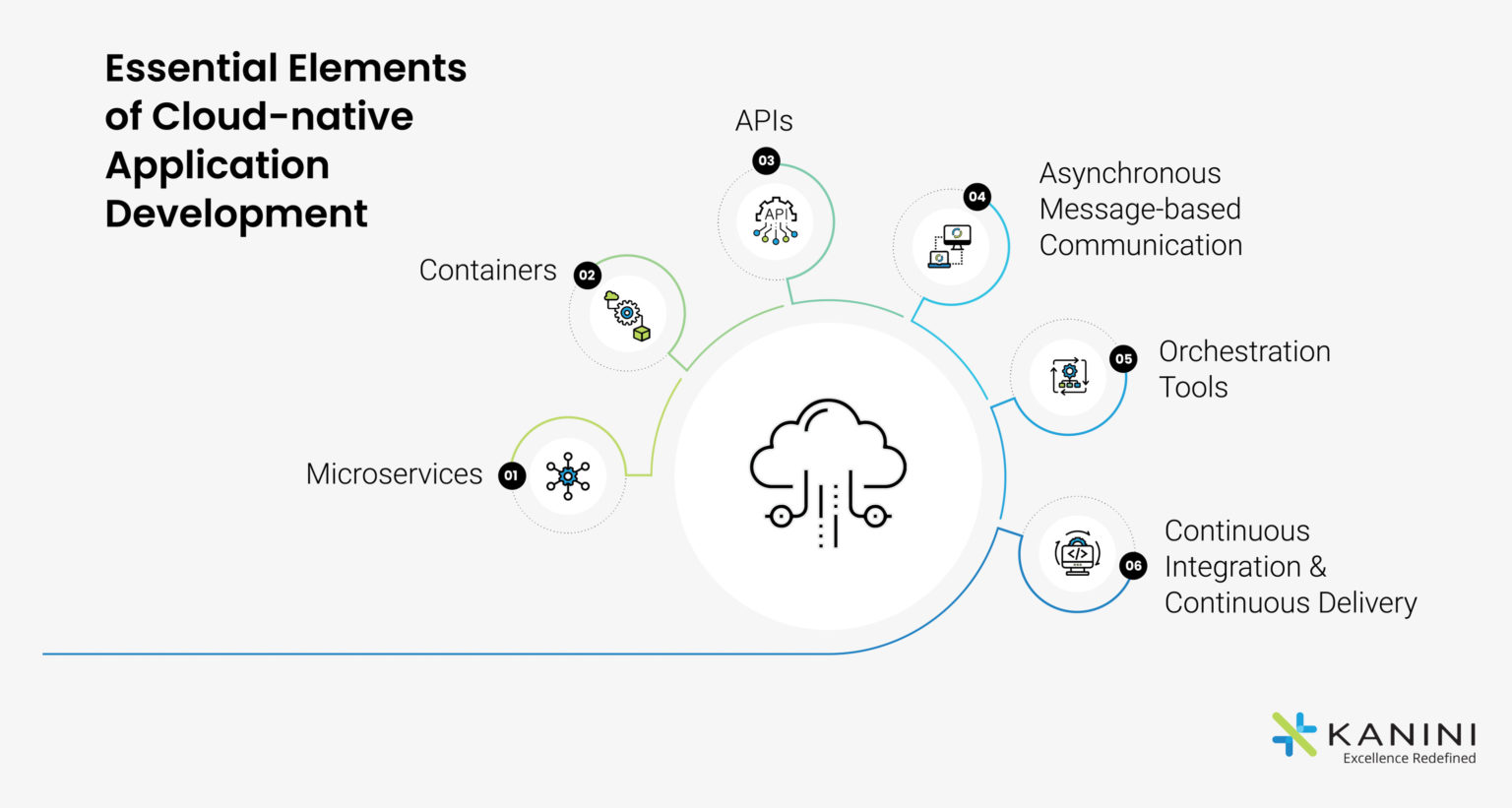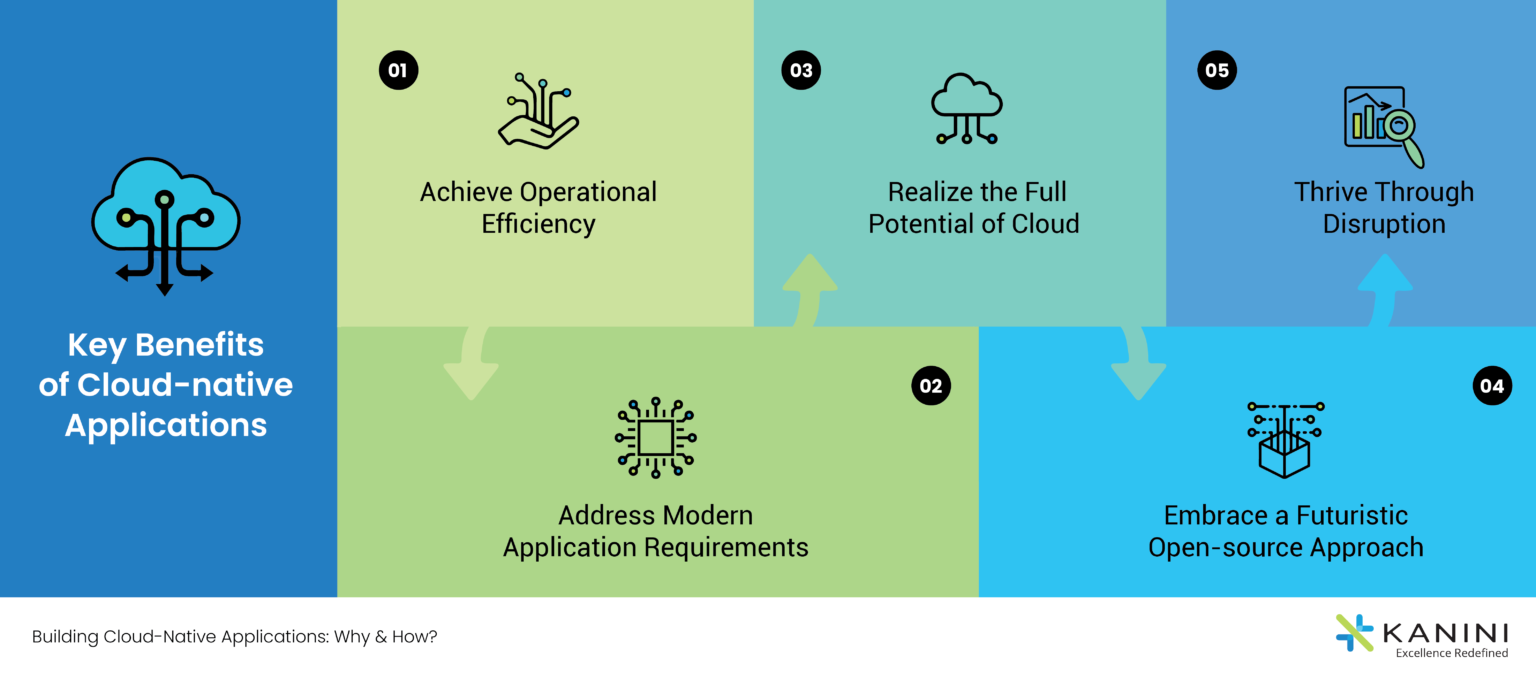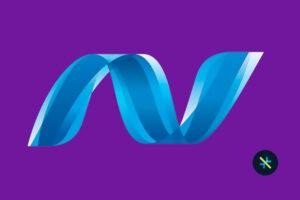Traditionally, software development was based on sequential methodologies like the Waterfall & V-model that used to take years to develop software with only a few sporadic update rollouts. The development heavily relied upon on-premises infrastructure and manual tasks.
Enterprise application development took a huge leap with the advent of Cloud technologies, and modern software development practices such as Agile and DevOps that accelerated high-quality software development. The past few years have marked a new era of cloud-based application development. Cloud-based applications have bestowed more power and infinite opportunities to businesses on their growth path.
However, with the growing business needs, there has been an ever-increasing need to utilize cloud technologies in a more efficient, competent, and beneficial manner. Hence, the Cloud-native application development has onset and been gaining momentum. Currently, we are in the middle of a crucial transition from cloud-based application development to cloud-native application development – a concept that is rapidly becoming the next big thing. What is the difference between both? Let us see.
The Transition from Traditional to Cloud-native Landscape
Both cloud-based and cloud-native applications work on cloud infrastructure which is why these terms are often confused. While there are similarities, the two types of applications differ in their basic design.
Rapidly evolving technologies like microservices, serverless functions, containers, and APIs have fueled modern cloud-native application development. Cloud-native applications answer the disruption that businesses are struggling to withstand with greater availability and flexibility. Enterprises can now host an application without heavily investing in the in-house infrastructure while capitalizing on the Cloud capabilities to the fullest. They can deploy the cloud-native apps whenever it is most relevant and fruitful.
Let us now dive a bit deeper into cloud-native application development and the importance of cloud-native apps.
Cloud-native Application Development
Cloud-native application development revolves around loosely coupled cloud services called microservices. Microservices for the cloud-native apps are managed by multiple teams, working through multiple pipelines to develop, deploy, and deliver applications. These services are hosted and run-on different servers to facilitate scalability. Developers build a network between the hosts to enable interaction between these applications through APIs.
Cloud-native architecture and technologies are an approach to designing, constructing, and operating workloads that are built in the cloud and take full advantage of the cloud computing model.
Cloud-native applications are developed as an assortment of microservices that are encapsulated in a container. All these microservices are developed following agile DevOps practices to enable rapid application development. These are independently deployable and scalable which significantly elevates flexibility and scalability.
Essential Elements of Cloud-native Application Development

Key Benefits of Cloud-native Applications

1. Achieve Operational Efficiency
Cloud-native applications provide speed and efficiency to businesses by leveraging the full advantage of the cloud environment. It delivers several operational benefits to boost the performance of organizations.
● Flexibility and scalability: Cloud-native microservices can scale up independently of each other as these are isolated through containers. The same feature delivers flexibility by allowing developers to scale or update one component without affecting others.
● Portability: Containers free cloud-native applications from vendor lock-in. These applications can run on cloud infrastructure from different vendors and can also be ported easily between them.
● Reliability: Modular development and deployment of cloud-native applications make it highly reliable. As microservices are isolated using containers, failure in one does not affect others and provides seamless recovery.
● Transparency: With the help of the right tools, developers can track and manage every change made to a microservice or container of a cloud-native application. As changes in one module do not affect others, these are easily tracked and managed.
2. Address Modern Application Requirements
Today, the market calls for 24X7 availability of business applications, regular upgrades to them with smarter features, and maximum personalization. Cloud-native applications are highly scalable and can evolve incessantly to meet modern market demands.
3. Realize the Full Potential of Cloud
Cloud-native apps are highly open, scalable, flexible, and portable. With cloud-native technologies like microservices, containers, and APIs, organizations can deploy applications to hybrid clouds also other than public and private clouds.4. Embrace A Futuristic Open-source Approach
With cloud computing and open-source technologies becoming the mainstream, cloud-native open-source application development is defining the future of enterprise applications. By integrating Cloud and open-source technologies, developers can leverage rich and tested libraries. It accelerates application development and reduces costs and effort.5. Thrive Through Disruption
Given the current trail of events, experts anticipate more disruption. Cloud-native apps will give organizations the tenacity to thrive in today’s highly competitive business world by helping them:
● Deliver unparalleled customer experience and build loyalty
● Accelerate time-to-market (faster release) of applications, following agile development practices
● Improve operational efficiency and reduce the overall application development and deployment costs
● Create new revenue channels and increase profit
Best Practices for Building Cloud-native Apps
Even the best technologies can fail to deliver if it is not deployed the right way. Cloud-native application development has numerous benefits for organizations which can only be achieved by adhering to the following best practices:
Conclusion
Your organization’s success heavily depends on how quickly it can deliver to the market demands with assured quality, which is determined by the capabilities of your infrastructure and applications. In today’s digital business world, building cloud-native applications is essential to ensure sustainability and business growth. Cloud-native applications draw maximum efficiency by leveraging the power of cloud computing. These apps make your business available anytime, anywhere with unprecedented personalization, delivering delightful customer experiences. While embracing a cloud-native approach can be a bit challenging for some organizations, it is worth every effort and penny it takes.
Author

Srini Karunakaran
Srinivasan is a tech-savvy IT services delivery specialist with close to 25 years of demonstrated industry experience. Srinivasan is a strong operations person with extensive experience in Global IT Software development Services delivery, Business Relationship Management, and Operations Management. Srinivasan is highly skilled in strategic planning and has successfully implemented innovative engagement models that drive cost-effective IT services delivery.








